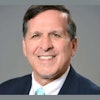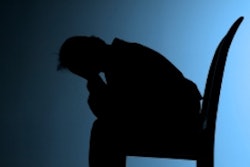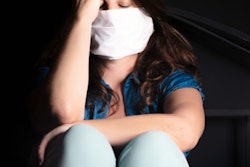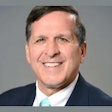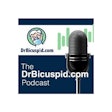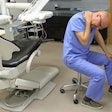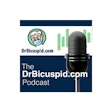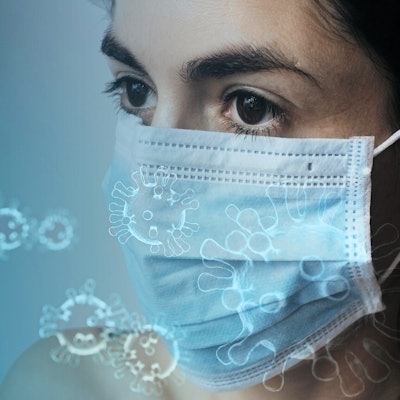
In the first known U.S. survey to analyze the long-term mental health of dental professionals during the COVID-19 pandemic, dentists and hygienists frequently reported poor mental health during peaks of COVID-19 transmission. However, hygienists had higher rates of anxiety and depression.
Researchers assessed time trends and risk factors associated with anxiety and depression symptoms in dental healthcare workers over the course of one year during the COVID-19 pandemic. Their one-year study, published jointly by the Journal of the American Dental Association and the Journal of Dental Hygiene, included 8,902 dental professionals who participated in monthly web-based surveys from June 2020 to June 2021 (JADA, August 1, 2022, Vol. 153:8, pp. 740-749.).
Dental professionals' mental health fluctuated throughout the pandemic, study findings indicate. Anxiety rates peaked in November 2020, with 28% of dental hygienists and 17% of dentists reporting symptoms of anxiety. Rates declined to 12% for both professions in May 2021. Depression rates were highest in December 2020, with 17% of dental hygienists and 10% of dentists reporting symptoms before declining to 8% in May 2021.
Anxiety and depression were associated with the perceived risk of COVID-19 and demographic and personal characteristics. Compared to vaccinated respondents, participants who were unvaccinated but were planning on getting vaccinated experienced significantly higher rates of anxiety and depression symptoms. Furthermore, depression and anxiety symptoms were lowest in the oldest age groups, and women reported higher rates of anxiety and depression than men.
Controlling for gender, age, race or ethnicity, and COVID-19 transmission level, researchers found that dentists had significantly lower rates of anxiety and depression symptoms compared to dental hygienists. The finding mirrors German studies in which differences in mental health categorized by profession have been observed throughout the pandemic, with dental nurses exhibiting more anxious and depressive symptoms than dentists.
Researchers speculate that the differences in symptom rates by profession may be due to dentists perceiving that they have more control over infection prevention and control procedures in their primary practice. Elevated rates of anxiety and depression symptoms among dental hygienists may correlate with concerns about available personal protective equipment, being unemployed, managing childcare complications, possibly infecting their families, and properly following national guidance without the ability to control policies.
Despite expectations that healthcare professionals would experience heightened mental health problems due to COVID-19 occupational infection concerns, the study findings indicate that dental healthcare workers experienced less anxiety and depression than the general U.S. adult population.
While rates for anxious and depressive symptoms were higher among dental hygienists compared to dentists, overall rates declined in both professionals by the end of the study. The findings serve as a reminder that good mental health is crucial for dental professionals, the authors noted.
"Resources and research should continue to focus on this important public health topic to ensure that [dental healthcare workers] and other health care providers are able to perform their best, ensuring the optimal quality of life and care for their patients," the researchers concluded.
The study is part of an ongoing collaborative effort between the ADA and the American Dental Hygienists' Association to understand how COVID-19 has impacted dental healthcare workers.

